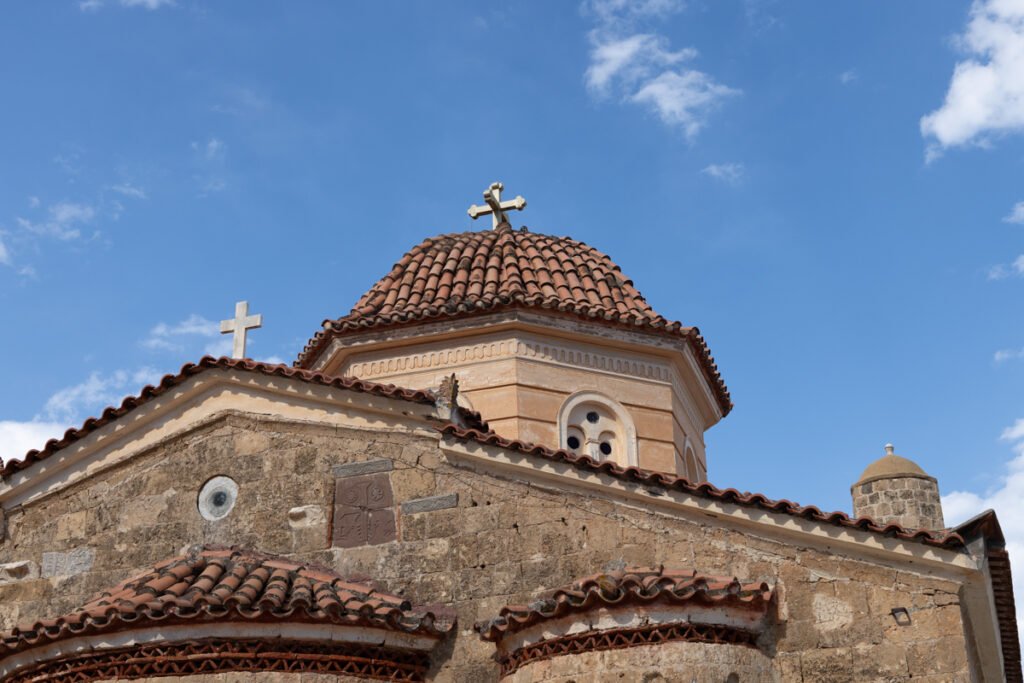Platsa is a traditional mountain village approximately 10km (about 6 miles) southeast of Stoupa by road, set at an altitude of 370m and offering wide panoramic views over the Taygetos mountains and the Messinian Gulf.
Once the region’s largest settlement and an important centre during the Byzantine and post-Byzantine periods, Platsa is now a much quieter place with around 150 permanent residents.
The village is renowned for its charming stone houses, narrow lanes, and historical significance, being built on the site of ancient Pefnos – the kingdom of Tyndareus, father of Helen of Troy.
Platsa boasts numerous Byzantine churches, notably the church of the Dormition of the Virgin Mary in the main square and the 10th-century Agios Nikolaos with its octagonal dome, as well as the 15th-century frescoed Agia Paraskevi.
The amphitheater between Platsa and neighbouring Nomitsi is a modern landmark with 1,560 seats, frequently hosting festivals and performances.
Today, Platsa retains an authentic Maniot atmosphere with its fortified towers, stone architecture, olive groves, and tranquil natural surroundings, making it an ideal destination for those seeking history and a glimpse of genuine village life in the heart of Mani.
